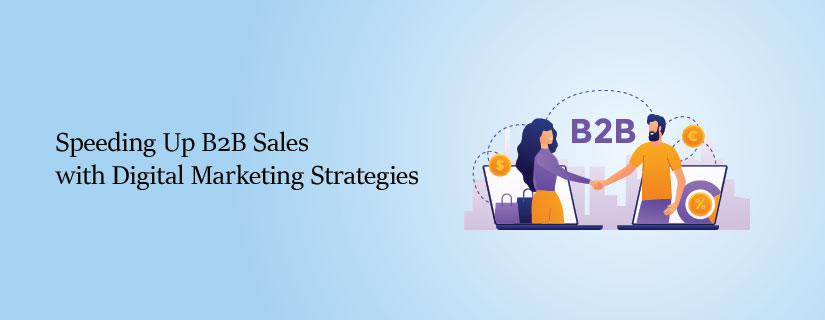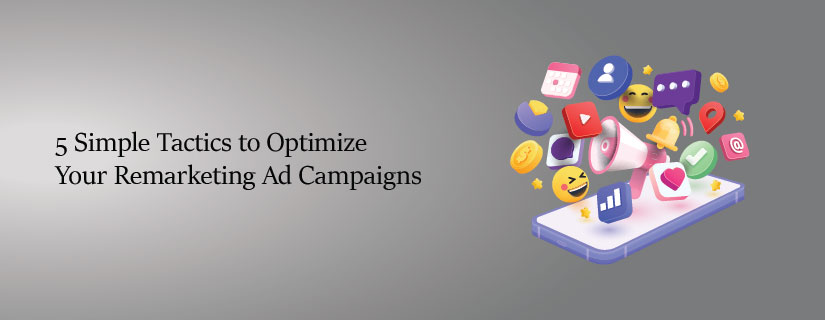- /
- Blog
- /
- Understanding SERP: The Gateway...
Understanding SERP: The
Gateway to Online Visibility
Understanding SERP: The Gateway to Online Visibility
Picture yourself entering a huge library with millions of books about every possible subject. You want to look up one particular book, but rather than searching through thousands of shelves yourself, you have a helpful librarian give you the most directly pertinent books to your question immediately. That’s what search engines do.
Millions of users daily utilize search engines such as Google, Bing, and Yahoo to discover solutions, answers, and companies. But have you ever asked yourself why some websites rank at the top while others are buried way down? It is all thanks to Search Engine Results Pages (SERP)—the virtual library shelves that show users which content to display.
What is SERP?
SERP means Search Engine Results Page, which is the page a search engine returns after the user has entered a query. It contains an amalgamation of organic search listings, paid links, featured snippets, images, videos, and other interactive objects aimed at bringing to the users the most helpful and pertinent information.
Search engines like Google rank sites on SERPs using sophisticated algorithms based on things like keyword specificity, backlinks, site performance, and responsiveness. The greater the ranking, the higher traffic is likely. Companies and writers attempt to drive their SERP rankings through Search Engine Optimization (SEO) and Search Engine Marketing (SEM).
Also, SERPs are fluid and may differ based on where a user is located, his/her search history, and what device he/she uses. A local company may show up on Google’s Local Pack when one searches for him/her in a given area, but not if he/she searched broadly. Learning about SERPs is important to anyone who would want to gain greater online visibility and more traffic.
Key Components of a SERP
A SERP is made up of a range of factors that make search relevance and user experience better. Some of the most crucial among them are:
Organic Search Results: These are the web pages sorted according to their relevance to the query. Google’s sophisticated algorithms decide their ranking based on factors such as keyword optimization, content quality, backlinks, and domain authority.
Paid Ads (PPC Ads): These are found at the top or bottom of a SERP and are identified by labels such as “Sponsored” or “Ad.” Pay-Per-Click (PPC) advertisements are used by businesses to bid on keywords and send traffic to their websites.
Featured Snippets: A highlighted box at the top of the search results, giving quick and direct answers to a question. This block is sometimes referred to as “Position Zero” since it occurs before the first organic result.
Local Pack (Google My Business Results): When searching for a business or service near you, Google displays a map with the top three local results, often showing business names, reviews, and contact details.
People Also Ask (PAA) Box: A list of commonly asked questions related to the search query. Clicking on a question expands an answer, offering more insights.
Image and Video Results: Google might show images or video results above or within organic results based on the search intent.
Why is SERP Important for Businesses and Marketers?
SERP is important because it drives visibility and traffic. The higher the ranking, the more clicks, leads, and conversions. Companies spend a lot of money on Search Engine Optimization (SEO) and Search Engine Marketing (SEM) to enhance their SERP ranking. Here’s why:
Brand Visibility: Top positioning increases credibility and trust with users.
Organic Traffic Growth: Higher rankings translate to more visitors without paying for advertising.
Competitive Advantage: Companies that maximize their SERP visibility beat their competitors.
creased User Engagement: Interactive SERP elements offer fast answers, resulting in improved user experiences.
Want to maximize your marketing ROI? Our audit & consulting services help identify what’s working and what’s not.
How to Optimize for Improved SERP Rankings
To enhance your site’s visibility on SERPs, use the following strategies:
SEO Best Practices: Use applicable keywords, quality backlinks, and mobile-responsive design.
Content Marketing: Publish high-quality, informative, and engaging content on a regular basis.
Technical SEO: Load quickly, use secure HTTPS, and index correctly.
Local SEO: Local search listings. Optimize the Google My Business listing.
PPC Advertising: Utilize Google Ads for the display in paid search listings.
In the current digital era, being listed on the first page of search engine results is crucial for success. An optimally optimized SERP strategy increases brand visibility, drives organic traffic, and maximizes user engagement. By prioritizing SEO, content marketing, and paid advertising, companies can enhance their rankings and remain competitive. As search engines are constantly changing, being informed about the latest trends and algorithm updates is essential. Those who make SERP optimization a priority will be far ahead in the increasingly competitive online market.
Share this Article On:
Recent Updates
- 12 February 2025
- 12 February 2025
- 12 February 2025
- 12 February 2025
- 12 February 2025
Have a Question?
If you cannot find answers to your queries, please fill out the enquiry form. We will contact you shortly.








